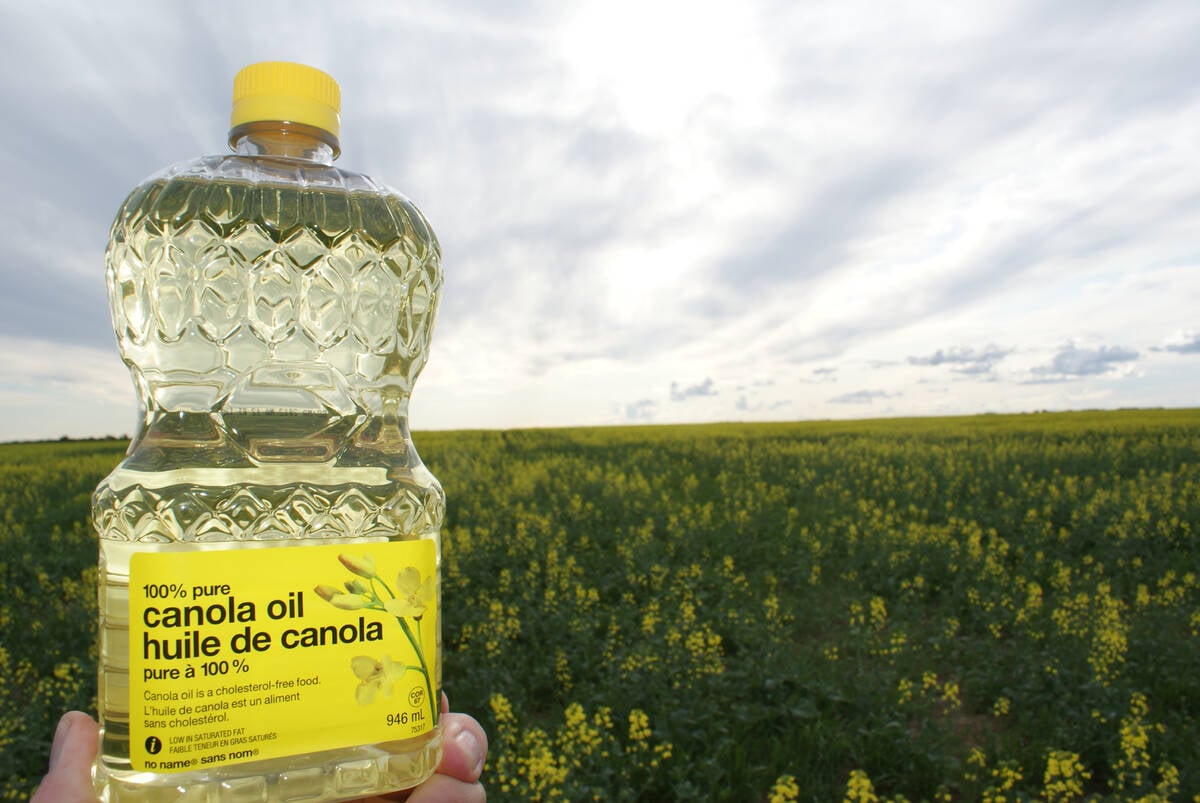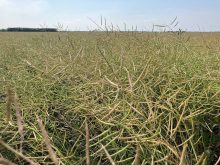A small bale of cotton, a red cowboy boot with a miniature lariat: these are the little bits of Texas brightening up the somber legislative offices of Democratic representative Charlie Stenholm.
They are testament that this influential member of United States Congress never forgets the ranchers from the sprawling district who sent him to Washington.
Stenholm is the ranking minority member on the House of Representatives agriculture committee. Along with the chair – his friend and fellow Texan, Republican Larry Combest – Stenholm is wading through proposals for the 2002 farm bill.
Read Also

Rising vegetable oil demand may offset bad biofuel news
Global biodiesel/renewable diesel production is expected to decline for the first time in a decade. Bad timing for a canola industry looking for new markets.
These Texans are on a mission. By July 11, they hope to have the key parts of the new U.S. farm bill drawn up for the rest of Congress to review and approve.
So far, Stenholm hasn’t tipped his hand about specific changes he wants to see in farm programs. But he is clear about one thing.
The days of saying the government should get out of supporting farmers are over, said Stenholm. The only thing that saved American farmers from ruin during the price drought of the past few years, he said, was the benevolence of American taxpayers, who financed three bail-out packages worth $24 billion (US).
At farm bill hearings earlier this year, Stenholm applauded the American Farm Bureau for asking Congress to boost spending on core agricultural programs by
$12 billion a year to $21 billion annually.
“To do less is going to do harm, and we cannot afford to do more harm to rural America,” Stenholm said.
In fact, Congress, which consists of the House of Representatives and the Senate, is gearing up to do more for farmers in its next package of subsidies.
By all accounts, the 2002 farm bill will include the same kind of direct payments, not linked to production, that formed the base for Freedom to Farm.
It will retain the marketing loans program that protected farmers from record-low prices with a revenue floor.
It will keep its crop and revenue insurance programs and conservation payments.
And it will institutionalize the emergency payments made to farmers during the past few years using a new “countercyclical” program that kicks in when incomes drop below average.
If there’s one thing Freedom to Farm proved, it’s that when times get tough, the American government won’t abandon its farmers to face the vagaries of the market, said Barry Flinchbaugh, a leading agricultural policy specialist from Kansas State University, who refers to the program as an experiment.
“The political system won’t allow it,” said Flinchbaugh.
Besides, farm programs account for less than one percent of the overall U.S. budget. Taxpayers can afford them, he said.
“They’re well-fed, they’re fat, they’re happy, and they’re paying a very small price for that.”
Some observers think a slowing U.S. economy may rein in demands for richer farm programs.
That’s the hope of Alexandra Lamont, a policy analyst who is keeping an eye on the farm bill debate for the Canadian Wheat Board. But she isn’t keeping her fingers crossed.
“The U.S. economy has been in a boom for so long that affording (new programs) would be no problem,” said Lamont.
The House of Representatives has already indicated it’s willing to allot agriculture a piece of a $50-billion-per-year strategic reserve fund, as long as the Texan-led agriculture committee comes up with a plan by July.
The Senate has agreed on an extra $9 billion for farmers in 2001, and an increase of $7 billion in baseline spending on agriculture in subsequent years.
And president George W. Bush, also a Texan, has said farmers should get the money they need Ð even though he has made tax cuts a major priority.
“Agriculture is not just one industry among many,” Bush
said during his presidential campaign. “It is the heart of the U.S. economy.”
It’s becoming more challenging to make the case for agriculture in a country where farmers make up less than two percent of the population, said the president of the American Farm Bureau, the largest farm group in the nation.
“We’re in a contest, if you will … for those dollars,” said Bob Stallman, a farmer from Columbus, Texas.
But farmers carry influence far beyond what their numbers might indicate because of their strong allies in Congress, Stallman said.
He has a close working relationship with Combest and Stenholm, and has a good relationship with Bush too.
In fact, the American Farm Bureau was one of the first groups the new president-elect met with, the Friday before Christmas, even before his inauguration.
“He tells you ‘yes’ sometimes, he tells you ‘no’ sometimes, but whatever he tells you, you can count on,” said Stallman, noting Bush understands agriculture and the importance of trade.
“Whether he’s a Texan or not, he’s a good man.”
Republicans may need to pass a strong farm bill to hold their narrow advantage in Congress. The next congressional elections will also be in 2002.
Some observers say the farm bill debate will go more smoothly than usual because the White House, House of Representatives and Senate are controlled by the same party.
But don’t count on it, said economist Larry Martin of the George Morris Centre in Guelph, Ont.
“With American politics, just because they’re all Republican doesn’t mean they all agree.”














